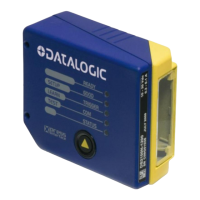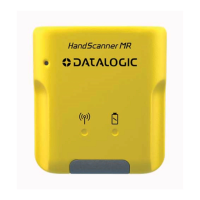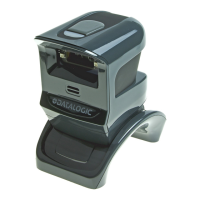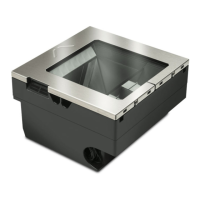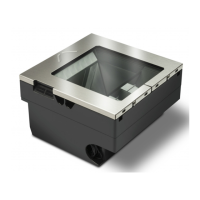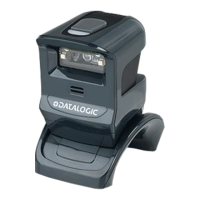DEVICE POSITIONING AND MINIMUM DISTANCE CALCULATIONS
INSTRUCTION MANUAL
15
DEVICE POSITIONING AND MINIMUM DISTANCE
CALCULATIONS
The Laser Sentinel must be carefully positioned to fulfill its safety function. In fact,
access to the dangerous area must only be possible by passing through the safety zone.
Under standard operating conditions, starting the machine must not be possible while
operators are inside the safety area.
The safety zones must be designed taking into account the minimum safety distance
from the point where the risk is located. This distance must ensure that the hazardous
area cannot be reached before the dangerous movement of the machine has been
stopped by the ESPE.
According to the EN ISO 13855 Standard, the safety distance depends on the following
factors:
• The Response Time of the ESPE (the time between the operator’s detection and
the opening of the OSSD).
• Machine stopping time (the time between the activation of the ESPE and the real
stop of the dangerous movement of the machine)
• ESPE detection capability
• Type of approach: Parallel or Orthogonal to the Detection Zone
• Additional components to compensate reflection-based measurement errors
• Additional components to compensate reaching over: positioning of the scan
plane, switching time between monitoring cases.
•
According to safety requirement EN ISO 13855, the general calculation for the minimum
safety distance is given by the following formula:
S = (K*T) + C
Where:
S = Minimum safety distance (mm)
K = Approach speed parameter (mm/s)
T = Total response time (ESPE + machine) (s)
C = Total additional distance (mm)
The K parameter depends on how dangerously the operator approaches the machine.
The operator must be prevented from inserting body parts inside the hazardous area
before the safety device activates.
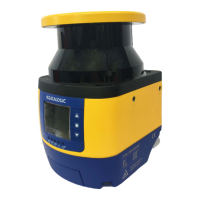
